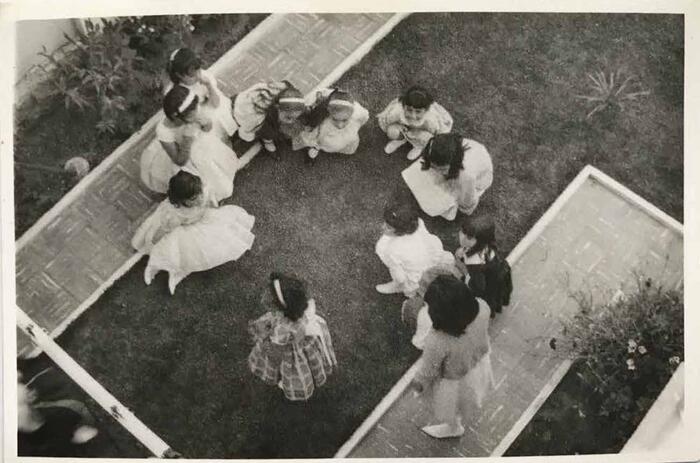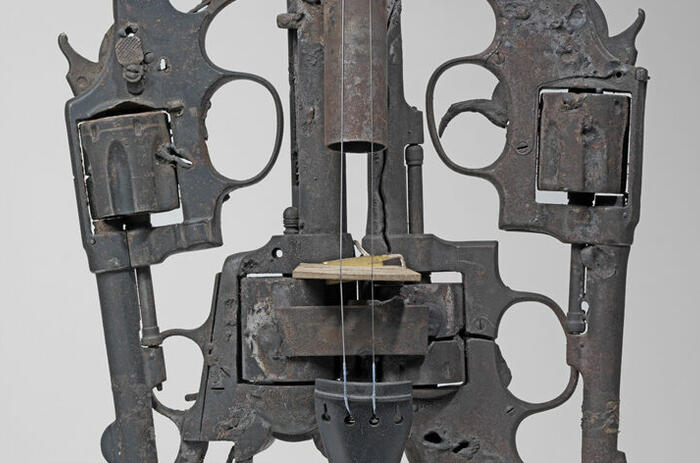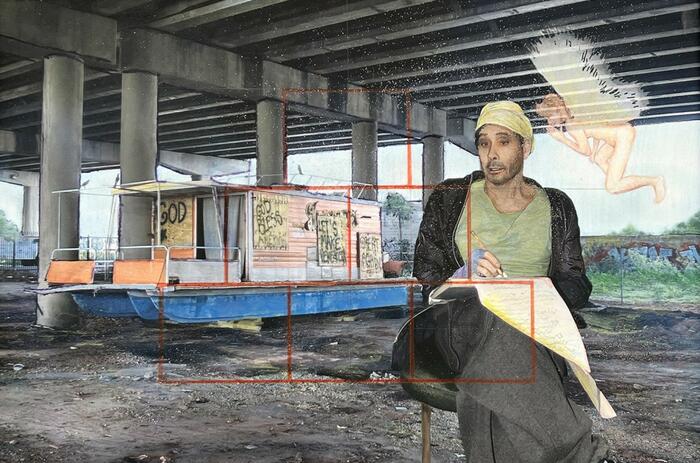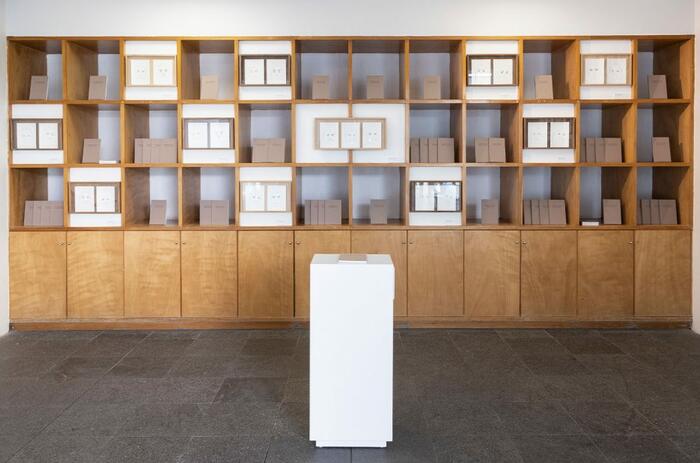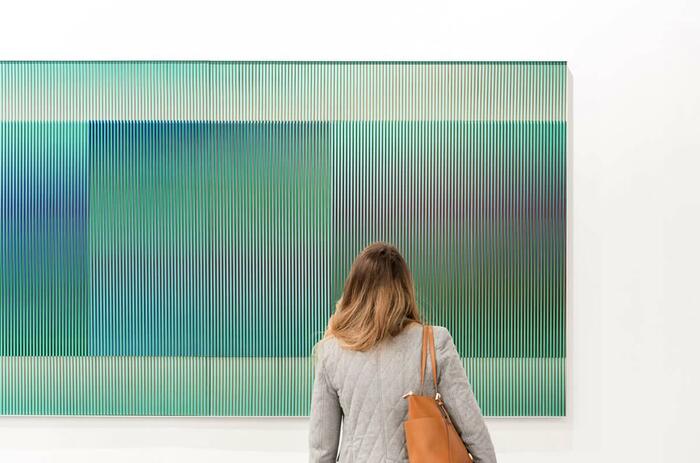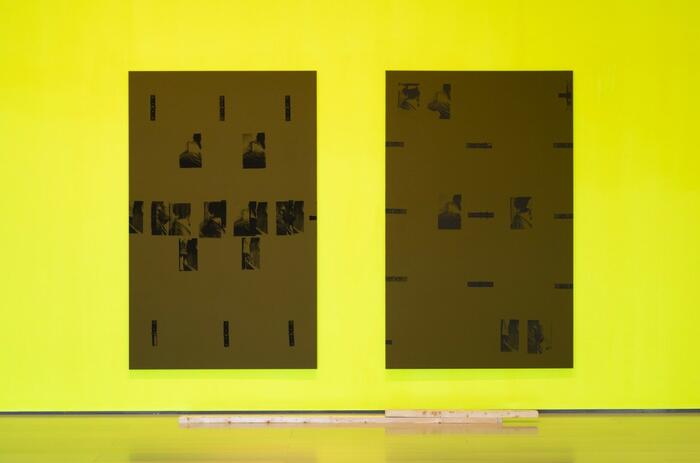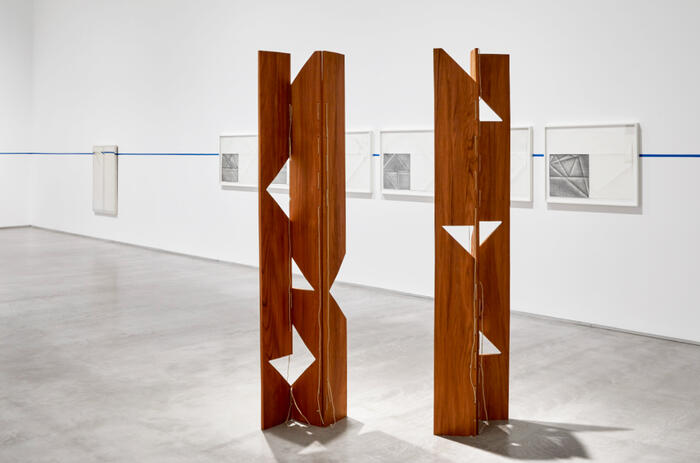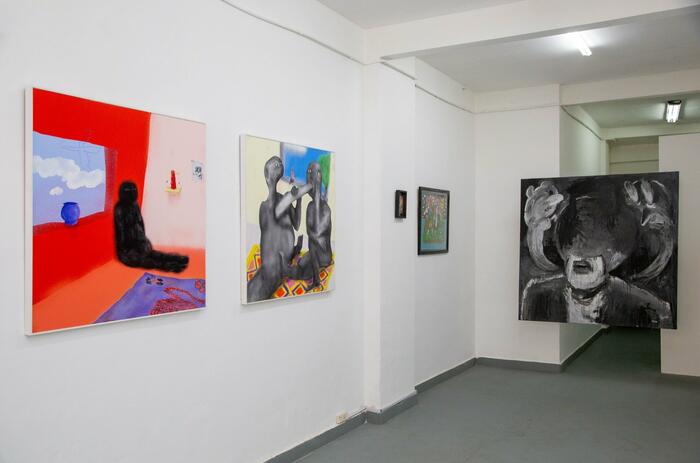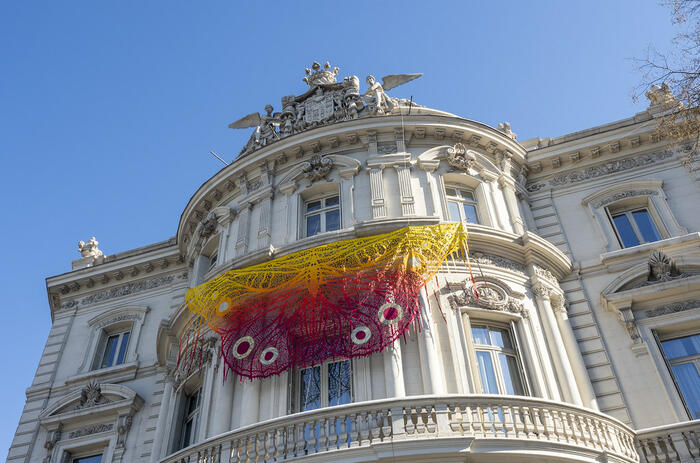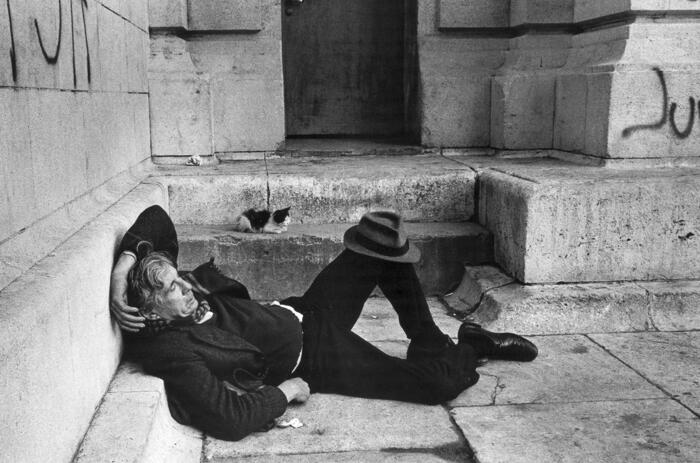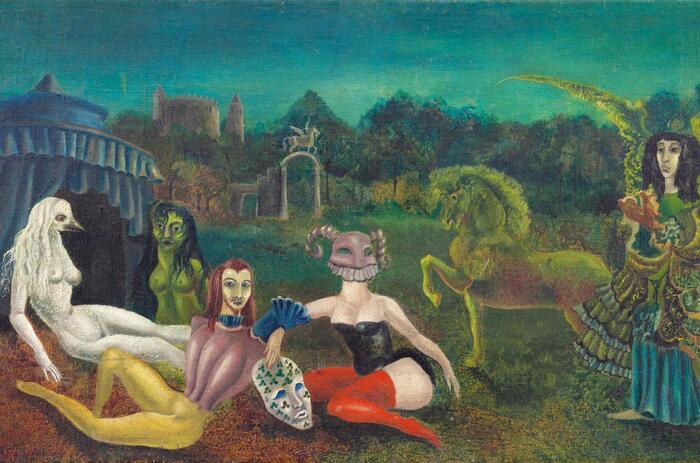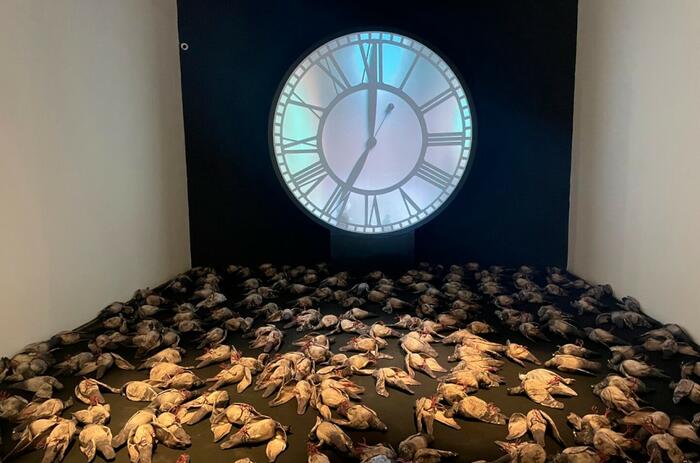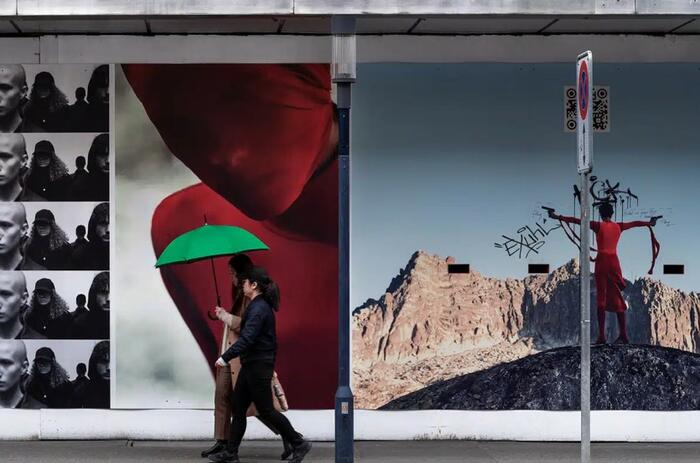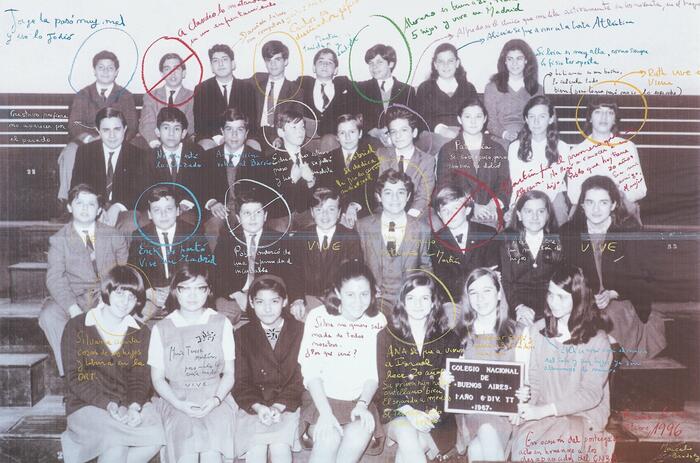THE MESSAGE BEHIND THE INTERVENED PHOTOGRAPHS OF MARCELO BRODSKY
Foto Colectania Foundation presents the exhibition Marcelo Bordsky. Poetic Resistance, curated by Irene de Mendoza.
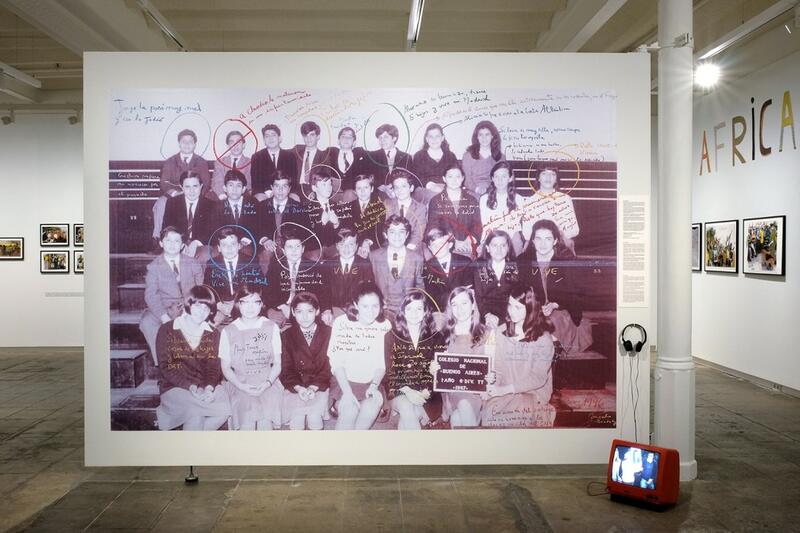
Born in Argentina, Marcelo Brodsky went into exile in Spain during the Argentine military dictatorship of the 1970s and 1980s. His work combines images and interventions with color and text, and is located between photography, installation, performance and memorial.
The subject matter of Brodsky's work spans the globe. It begins with the struggle for human rights in Argentina that, over the years, the author would extend to many other countries. The review of the year 1968, which shows images of worldwide protests, has become one of his most ambitious projects as it also confronts us with other interconnected realities of the time such as colonialism, capitalism, racism or patriarchy. In his trajectory he has also vindicated movements for civil rights or the Black Lives Matter in the United States, and more recently the search for restorative justice for the victims of the genocide in the colonial state of German Southwest Africa (today's Namibia) stands out.
In recent statements by the author: "Photographs are always open to multiple interpretations, and my interventions in the images suggest a direction. The added texts and colors construct an alternative form of language, a poetics of resistance. What I try to do by intervening historical images and recovering their context is to shoot arrows into the future, which is our present."
The exhibition presented at Foto Colectania brings together some of his best-known series: it begins with a selection of five photographs taken during his exile in Barcelona at the end of the 1970s and a section dedicated to his Buena Memoria project, in which he investigates the consequences of the Argentine dictatorship on his schoolmates. This work would become one of the starting points for the interventions with text and color on photographs that he would apply in his later projects.
Other series on display include his emblematic 1968. El fuego de las ideas that shows the movements unleashed around the world in 1968, the photographs of the struggle against Francoism or Apartheid in South Africa (which he made together with photographer Gideon Mendel), the shocking Rastros de violencia, which shows the first genocide in history through the colonialist photographs of the German Empire in today's Namibia and, finally, Paro Nacional about the recent revolts in Colombia in 2021.
-
"Río de Janeiro, 1968. A rua e nossa", 2015. De la serie “1968. El fuego de las ideas”. © Marcelo Brodsky. Cortesía Galería Freijo.
-
"La Clase, 1er año, 6ta división, 1967", 1996. De la serie “Buena Memoria”. © Marcelo Brodsky. Cortesía del autor.
-
"Sculpting Africa", 2019. De la serie “África luchando por la libertad”. © Marcelo Brodsky. Cortesía del autor.
-
Vistas de la exposición. Cortesía Foto Colectania.
-
Vistas de la exposición. Cortesía Foto Colectania.
-
Vistas de la exposición. Cortesía Foto Colectania.
Artist and activist, Marcelo Brodsky (Argentina, 1954) is considered one of the most relevant authors working on the recovery of private memory and its intersection with collective histories. His work is based on the re-figuration of the image: taking as a starting point archival images of historical events, Brodsky resignifies and updates them by incorporating texts and traces of color, thus extending their meanings. His works generally form part of conceptual essays on an event or theme.
Marcelo Brodsky went into exile in Barcelona at the age of 22. There he trained with photographer Manel Esclusa and studied economics at the University of Barcelona. From this period would result the series Exilios, made in 1979, the year in which his brother disappeared in Argentina during the dictatorship.
The image of his Self-portrait shot, taken in the Plaza de Sant Felip Neri, is considered one of the most important photographs of his chronicle of exile. When he finished his degree -and already as a photographer- Brodsky returned to Argentina and opened an image agency, Latinstock, which operated for 30 years. The author himself points out that his contacts and experience in rights management were decisive in finding the most suitable images for his artistic projects.

